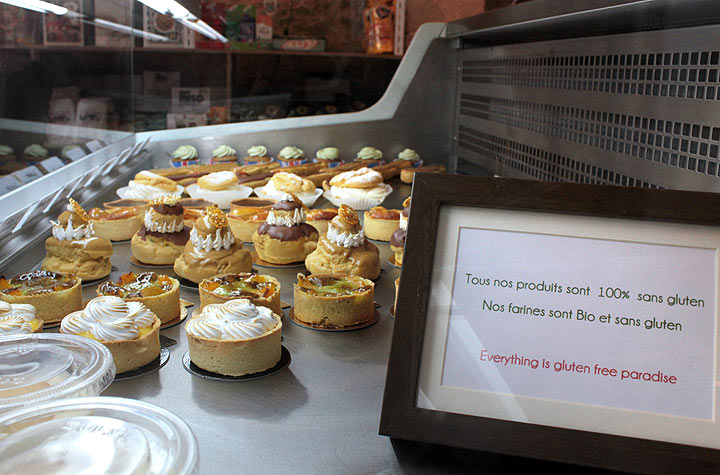TORONTO – After years of delay, regulators in the U.S. have finally defined what “gluten-free” means on food labels and packaging.

On Friday, the FDA announced “gluten-free” food must contain less than 20 parts per million of gluten.
Previously, food companies were allowed to use their own discretion as to how much gluten they included in their products.
In August 2012, Canada’s new food allergen labelling regulation came into effect.
The regulation, Division 24 of the Food and Drug Regulations, states that it is illegal to advertise, label, package or sell any food in a way that creates the impression it’s gluten-free.

Get weekly health news
Like the U.S., the Canadian regulator said products that can be labelled gluten-free must not contain levels of gluten over 20 ppm.
Both regulators say the amount of allowable gluten is low enough that most people with celiac disease won’t get sick if they eat it.
Gluten is a substance found in wheat and other grains. For those with celiac disease, eating gluten triggers a reaction in the immune system, which over time can lead to the deterioration of the lining of the small intestine. Those with celiac disease are also at a higher risk of developing other diseases, such as osteoporosis and lymphoma.
Health Canada estimates that celiac disease affects around one per cent of the population, or 340,000 Canadians.
The agency says that for those with celiac disease, a life-long gluten-free diet is the only way to avoid symptoms.
Gluten is found in grains including wheat, rye, barley and oats. Many ingredients of food products contain these grains, and therefore are also sources of gluten.
Moreover, gluten can get into food products through cross-contamination during the manufacturing and distribution process.








Comments